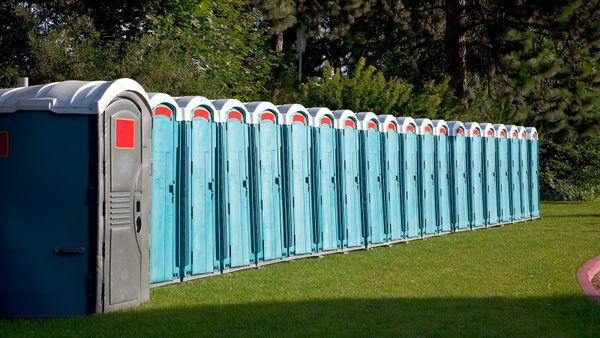
If you've ever had to deal with a bathroom that lacks a working fan or window, you know exactly how unpleasant the experience can be. Odors, normally whisked away in just a few minutes, may linger for much longer, whether from poop or powerful bathroom cleaning products.
But moisture is the real enemy. Humidity from showers fogs up the mirror and leaks into walls. As the warm air cools, it turns into water, and gets trapped in the walls.
Advertisement
"Indoor condensation can lead to mold growth," says Dave Bayne, CEO and owner of A1 Mold Testing & Remediation. "Drywall is porous and paint is breathable, so the moisture can seep into the drywall and create fungal growth," often in places where you can't see it.
If you're exposed to mold long enough (or if your body is allergic or sensitive to its spores), the Centers for Disease Control and Prevention indicates that you may suffer a laundry list of ill effects, from allergies to coughing to skin irritation.
Excessive moisture may also cause peeling paint and wallpaper and even contribute to warped doors and rusted fixtures. Dampness also fuels bacterial growth and other nasties.
By simply turning on the bathroom fan, you minimize a lot of those problems. "You should turn the fan on each time you run water in the bathroom and leave it running for about 20 minutes after you open the [bathroom] door," says Bayne. The most important time to do this is after you shower. If you're continually forgetting to turn it off, install a fan timer. And though it's seldom done, the fan should be cleaned at least yearly.
If you're a homeowner, be sure that your fan is properly vented directly to the home's exterior via an insulated duct. "It was common in the '70s and '80s for it to be vented into the attic space," says Bayne. "Building codes today require that the exhaust is vented outside through insulated ducting to a roof vent that goes directly to the exterior." Otherwise, you may be contributing to moisture and mold problems in your attic or wall spaces.
If you don't have a bathroom fan, most building codes in the U.S. specify that there must be an operable window to allow for better airflow.
Advertisement

